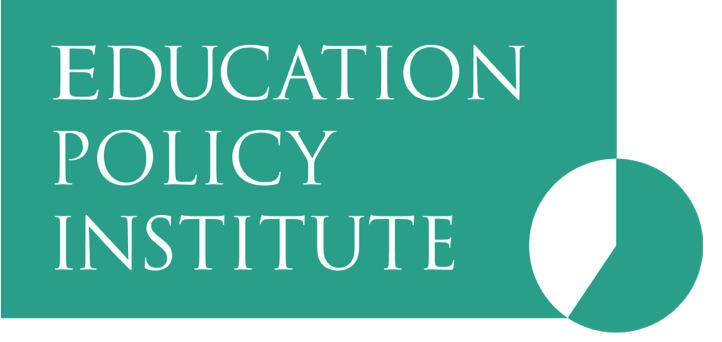For the first time since the controversy over algorithm-generated grades in 2020, an education story has dominated the headlines and broadcast media for almost a week. But this isn’t the spotlight on education that anyone wanted, not least the Department for Education.
The media interest was triggered when, late last week, the DfE issued emergency guidance to schools that were identified as having, or could potentially have, Reinforced Autoclaved Aerated Concrete (RAAC). RAAC is a type of building material that was commonly used from the 1950s to the mid-1990s and which has since been identified to have serious safety concerns. Last week’s guidance from the DfE required all schools to close any spaces (this could include cupboards, classrooms or entire buildings) in which RAAC has been found.
Since that guidance was published, dozens of questions have been asked about what went wrong and what led to the latest intervention from the DfE, just one day before many schools in England opened their doors (or not) for the new academic year. There are a number of complex, interacting issues that have led to this and in this blog, we seek to shed some light on those issues and what we should be looking out for next.
The public, understandably, want to know who knew what and when, and why the DfE left it so late in the summer holidays to issue this latest guidance.

